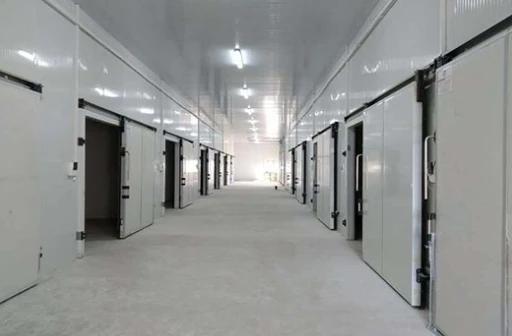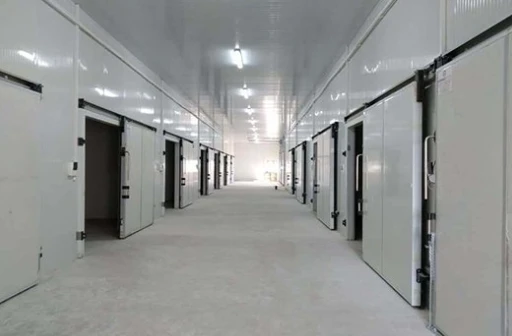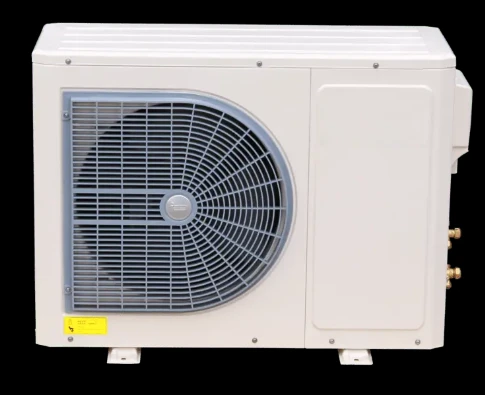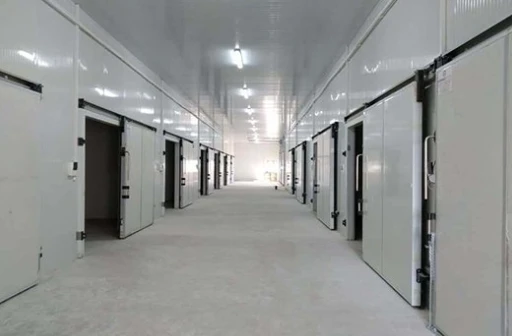Fish Cold Room Durable Design
In the global seafood industry, maintaining the freshness, quality, and safety of fish throughout the supply chain is paramount. fish cold room, fish cold storage, and fish cold storage business are integral components that address these challenges, enabling stakeholders to preserve seafood from the point of harvest to distribution. These solutions play a pivotal role in minimizing spoilage, extending shelf life, and ensuring compliance with food safety standards.From the basics of cold room design to the nuances of running a profitable cold storage business, this guide provides a comprehensive overview of the critical elements that underpin success in the seafood logistics and preservation sector.
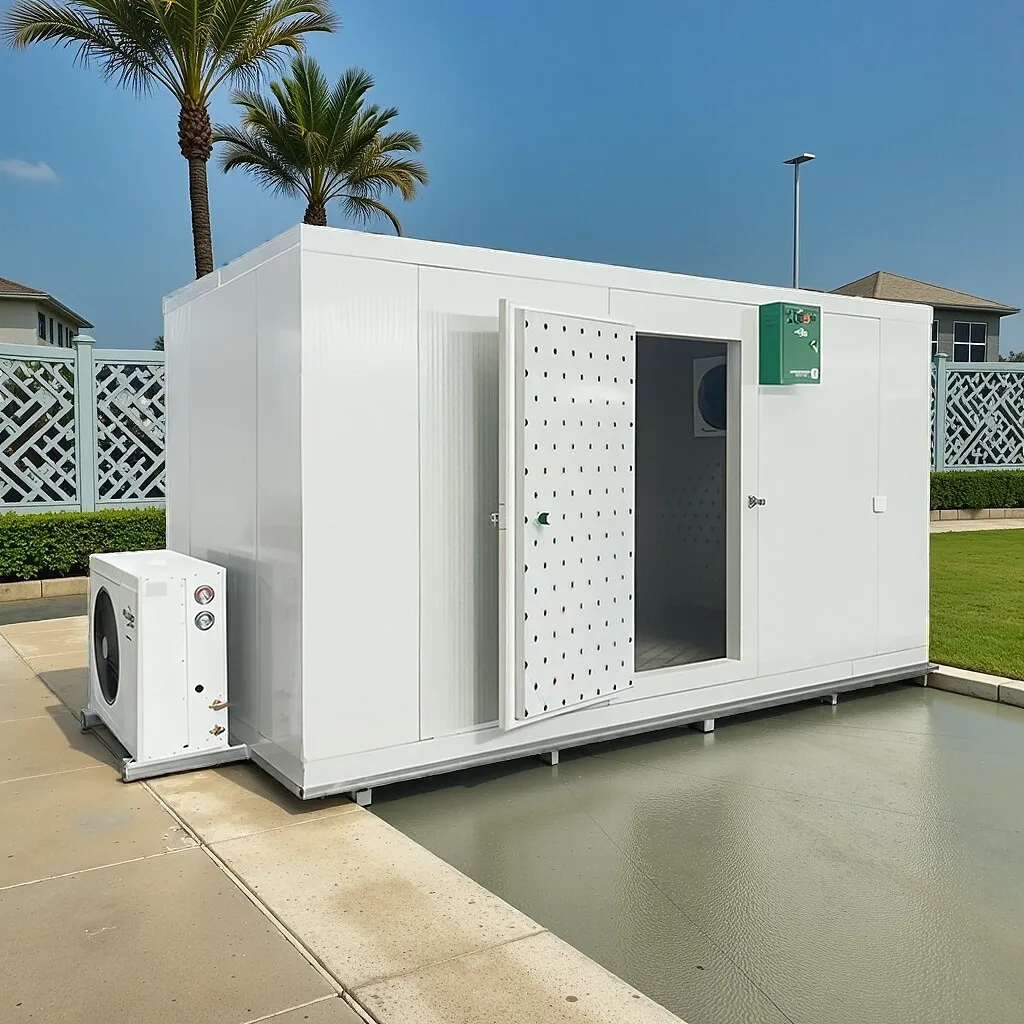
The Core Role of fish cold room in Seafood Preservation
A fish cold room is a specialized enclosed space designed to maintain low temperatures, typically between -50°C and 25°C, to slow down bacterial growth, enzymatic activity, and chemical reactions that cause fish to spoil. These rooms are essential for short - to medium - term storage, ideal for processing facilities and wholesale markets that require consistent temperature control to preserve the organoleptic properties of fish, such as texture, flavor, and appearance.
Key Functions of a fish cold room:
- Freshness Preservation: Low temperatures inhibit the proliferation of spoilage bacteria, extending the shelf life of fresh fish from a few days to several weeks.
- Quality Control: Uniform temperature and humidity levels prevent ice crystal formation in frozen fish, avoiding texture degradation and moisture loss.
- Flexible Storage: Accommodates both fresh and frozen fish, with adjustable settings to meet the specific needs of different species and storage durations.
- Compliance with Standards: Ensures adherence to international food safety regulationsby maintaining traceable and controlled storage environments.
Design Considerations for fish cold rooms:
- Insulation: High - density polyurethane or polystyrene panels to minimize heat transfer, with vapor barriers to prevent moisture buildup.
- Refrigeration System: Energy - efficient compressors and evaporators, often using eco - friendly refrigerants like ammonia or CO₂ for large-scale rooms.
- Air Circulation: Properly placed fans and vents to ensure even temperature distribution, avoiding hotspots that could compromise fish quality.
- Size and Layout: Customized to accommodate storage capacity needs, with shelving or palleting systems for easy inventory management and accessibility.
Exploring the Technology Behind fish cold storage Solutions
மீன் தரத்தை சிறந்த முறையில் பாதுகாக்க, குறுகிய கால அல்லது நீண்ட கால சேமிப்பிற்கு ஏற்ற வெப்பநிலையில் சேமிக்கப்படுவதை உறுதி செய்யவும். பெரிய அளவிலான உற்பத்தி மற்றும் ஏற்றுமதியின் விஷயத்தில், புத்துணர்ச்சியையும் சுவையையும் பராமரிக்க குறைந்த வெப்பநிலையில் விரைவாக உறைதல் பரிந்துரைக்கப்படுகிறது.
Types of fish cold storage Systems:
|
System Type |
Temperature Range |
Primary Use |
|
Fish Processing Room |
+10°C to +18°C |
Keep low temperature fish & people work inside |
|
fish cold room |
-5°C to +5°C |
short-term store |
|
Fish Freezer Room |
-15°C to -30°C |
keep frozen,for long time store |
|
Fish Blast Freezer Room |
-30°C to -45°C or lower |
Rapid freezing of fish |
Advanced Technologies in Cold Storage:
- Smart Monitoring Systems: IoT - enabled sensors track temperature, humidity, and energy usage in real time, sending alerts for deviations to ensure immediate corrective action.
- Energy Efficiency: LED lighting, heat recovery systems, and variable - speed compressors reduce energy consumption, lowering operational costs for large cold storage facilities.
- Modular Design: Prefabricated panels allow for easy expansion or reconfiguration of storage spaces, adapting to changing business needs without major renovations.
- Sanitation Features: Non - porous flooring, easy - to - clean surfaces, and UV - sanitization systems minimize bacterial contamination, meeting strict hygiene standards.
Building a Profitable fish cold storage business
Launching a fish cold storage business requires a strategic approach to market analysis, infrastructure investment, and operational management. These businesses cater to a diverse clientele, including fishing fleets, seafood processors and exporters offering storage solutions that bridge the gap between production and consumption while ensuring product integrity.
Steps to Establish a fish cold storage business:
- Market Research:
- Identify local and regional demand for cold storage services, focusing on areas with high seafood production or import/export activity.
- Analyze competitors to define a unique value proposition, such as specialized temperature zones, 24/7 logistics support, or organic certification for premium products.
- Infrastructure Investment:
- Partner with reputable manufacturers to design and install cold storage systems that align with target capacity.
- Invest in auxiliary equipment like forklifts, pallet jacks, and inventory management software to streamline operations.
- Regulatory Compliance:
- Obtain necessary permits for food storage facilities, including health department approvals and environmental clearances for refrigeration systems.
- Implement traceability systems to meet global export requirements, such as EU hygiene regulations or US FDA standards.
- Operational Management:
- Develop protocols for loading/unloading, temperature monitoring, and pest control to ensure consistent service quality.
- Offer value - added services like labeling, packaging, and quality inspection to attract and retain clients.
Comparing fish cold room, fish cold storage, and Business Models
Understanding the distinctions between fish cold room, fish cold storage, and the business frameworks around them is crucial for making informed investment decisions. The following comparison highlights their scope, applications, and key considerations:
Investment and Operational Considerations:
- Cost: Cold rooms require lower upfront investment, while large cold storage facilities can cost millions, depending on capacity and technology.
- Maintenance: Regular servicing of refrigeration systems, insulation checks, and pest control are essential for both, with higher operational costs for large - scale storage.
- Profit Margins: Businesses offering value - added services and catering to export markets often achieve higher margins due to premium pricing and long - term contracts.
FAQS about fish cold room, fish cold storage, and fish cold storage business
What factors should I consider when designing a fish cold room?
When designing a fish cold room, prioritize the following:
- Fish Type and Storage Duration: Fresh fish requires chilled temperatureswith high humidity, while frozen fish needs -15°C or lower to prevent freezer burn.
- Insulation Quality: Use high - R - value panels to minimize energy loss; thicker insulationis ideal for frozen storage.
- Refrigeration Capacity: Calculate cooling load based on room size, expected temperature, and heat generated by equipment or personnel.
- Accessibility: Design entry points and internal layouts to facilitate easy loading/unloading, especially for forklifts in larger rooms.
Consult with cold storage engineers to tailor the design to your specific needs, ensuring efficiency and compliance with food safety standards.
How can I ensure energy efficiency in my fish cold storage facility?
To enhance energy efficiency in fish cold storage:
- Upgrade to LED Lighting: Reduces energy use by up to 80% compared to traditional lighting, with long lifespan and low heat emission.
- Install Variable - Speed Compressors: Adjust cooling capacity based on demand, saving energy during low - load periods.
- Implement Heat Recovery Systems: Capture waste heat from refrigeration units to warm other parts of the facility or for water heating.
- Seal Air Leaks: Regularly inspect door seals and insulation for gaps, as air leaks can increase energy consumption by 10–20%.
What are the key challenges in running a fish cold storage business?
Key challenges in a fish cold storage business include:
- Temperature Fluctuations: Even minor deviations can compromise fish quality, requiring robust monitoring and backup systems.
- Regulatory Compliance: Staying updated with evolving food safety standards in target markets, which may require regular audits and certifications.
- Inventory Management: Ensuring accurate tracking of stock levels, expiration dates, and client orders to prevent losses from overstocking or misplacement.
- Competition: Differentiating your services in saturated markets by offering superior technology, reliability, or specialized solutions.
Proactive risk management, investment in automation, and customer - centric service design can help overcome these challenges.
Can a fish cold storage facility handle both fresh and frozen fish?
Yes, a fish cold storage facility can handle both fresh and frozen fish by incorporating separate temperature zones. Modern facilities use modular design to create distinct sections:
Freeze fish at -15°C to -30°C or lower. keep frozen,for long time store
Rapid freezing of fish at -30°C to -45°C or lower.
Proper segregation and airflow management ensure that chilled zones do not absorb heat from frozen areas, maintaining optimal conditions for each category.
What are the main components of fish cold storage?
Condensing Unite
All Compressors Are Brand New ensuring Quality And Reliability.
- Evaporator
The evaporators, Or Unit Cooler, Are Tailored For Efficient Cooling In Cold Storage. The Model Will Be Selected According To The Cold Room Size, Temperature And Usage Scenario .
Insualtion Panels
Superior Insulation:Xuexiang Refrigeration Provide PIR Panels And PU Panels, Which Provide Excellent Insulation, Minimizing Energy Consumption And Maintaining A Constant Low Temperature .
- குளிர் அறை கதவு
We Provide Many Kinds Of Door, Like Lifting Door, Silding Door, Hinged Door And So On .Each Door Is Both Automatic And Manual,The Size Of The Door Is Customized According To Your Requirements.
Conduct a detailed feasibility study to model costs, pricing, and projected occupancy rates based on your target market.Whether you are looking to upgrade an existing storage system, launch a new cold storage business, or optimize your supply chain, our team of engineers and industry specialists is here to help.Visit our website today to learn more about our products and services, request a consultation, or get a personalized quote. Together, we can ensure that your fish remains fresh, safe, and profitable at every step of the journey. The future of seafood logistics starts with reliable cold storage—choose excellence, choose [Shijiazhuang Xuexiang Refrigeration Euquipment Co.,Ltd].













































































































